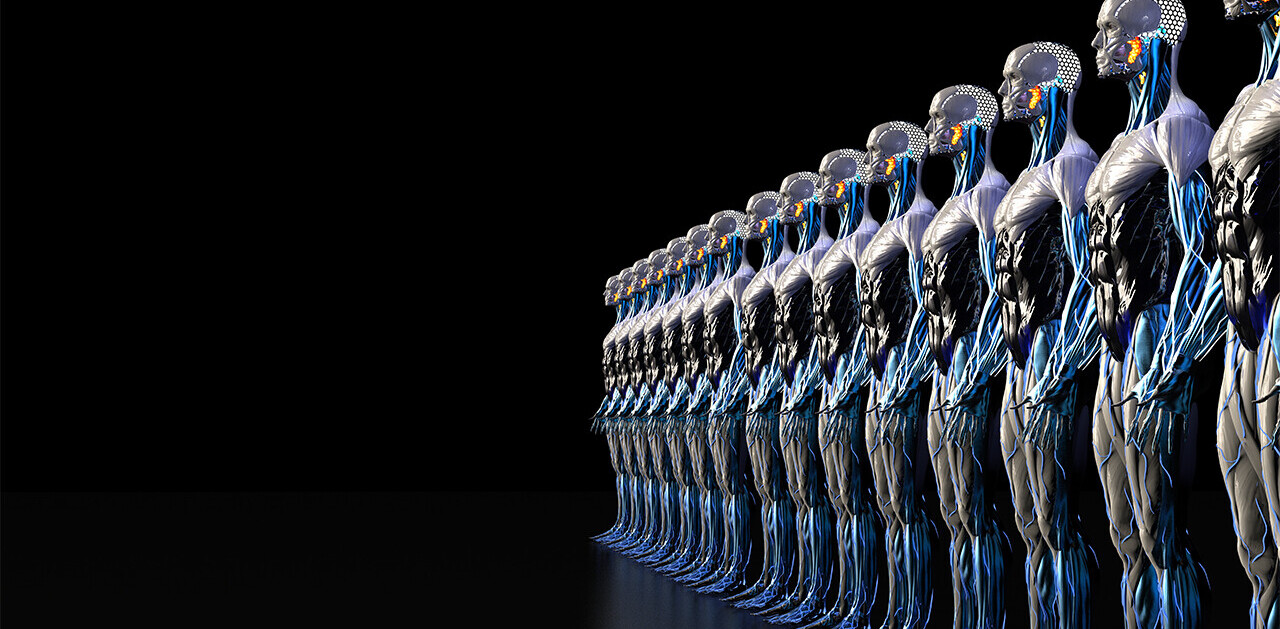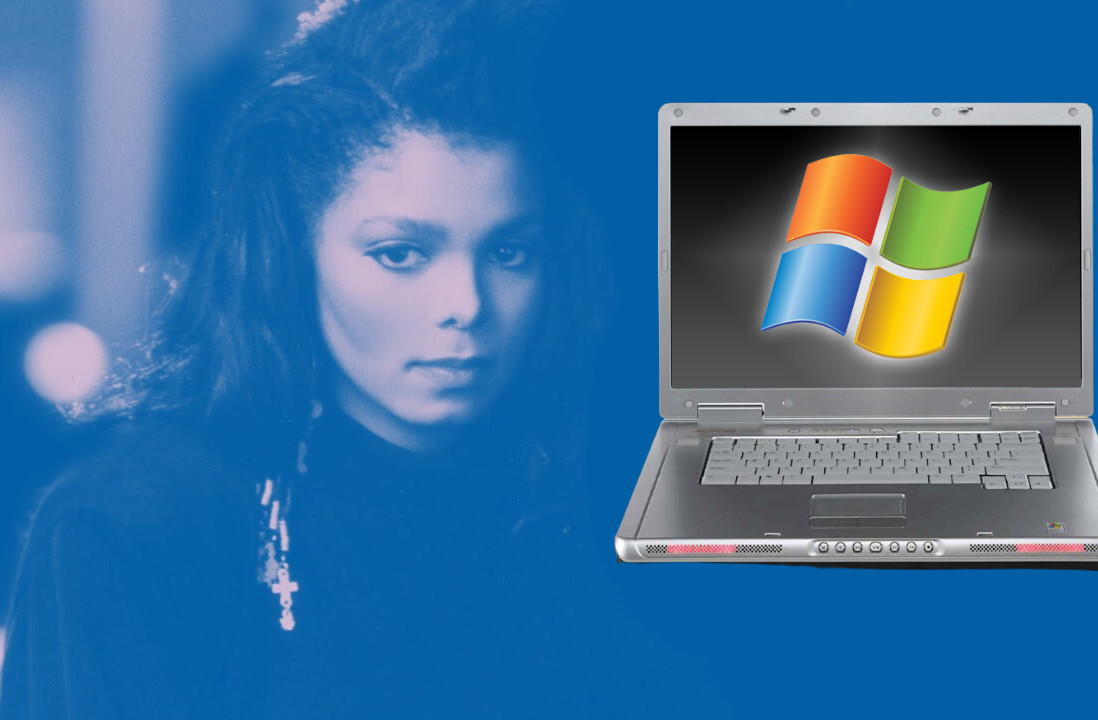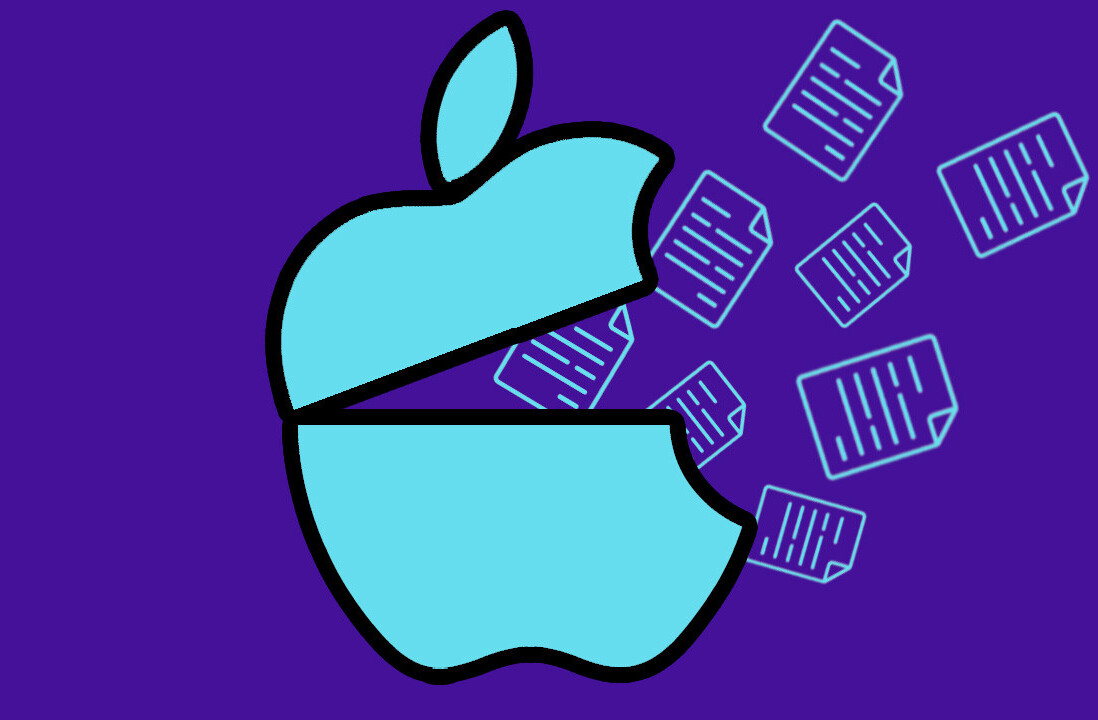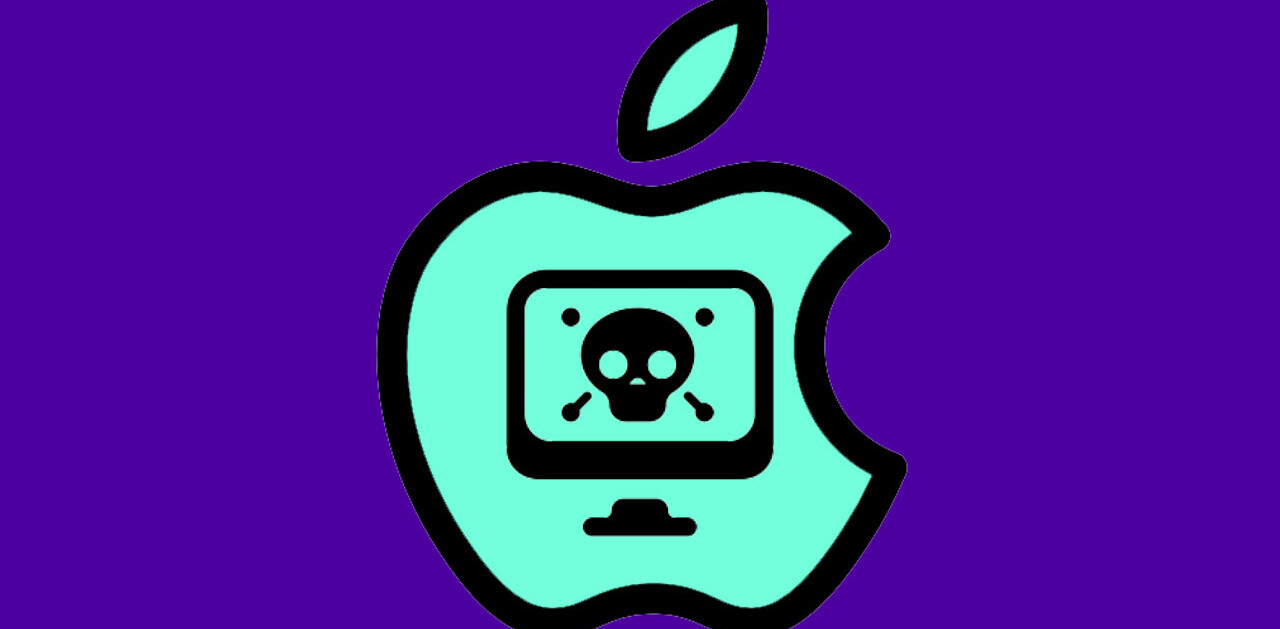
You’re driving home after a long day at work. You call up your refrigerator and ask it what it suggests for dinner. It says you have just enough ingredients for one of your favorite comfort foods (a medium-rare burger with Swiss cheese, a kaiser roll and ketchup). You tell it to start defrosting the meat, you’ll be home in half an hour.
This kind of stuff was once the exclusive realm of science fiction (as was most of our technological world these days) but the promise of so-called “smart” appliances has been pushed on consumers for a number of years with very little to really show for it. Companies such as LG, Panasonic and GE have brought a number of smarter-than-dumb appliances to market over the last year (and yes, Panasonic does have a microwave and rice cooker that will start cooking for you) but we wouldn’t qualify any of them as really “smart”.
Beyond gimmicks like touchscreens with Pandora and Angry Birds apps (ok, not sure about Angry Birds, but we’re guessing someone somewhere has added it by now), and offering controls via our smartphones “smart” kitchen appliances have mainly focused around food inventory (i.e. “your out of milk” notifications), recipes, and such. While we would really like that burger robotically placed on the table and waiting for us when we walk in the door after being stuck in traffic, there are frankly more pressing needs for most consumers. Most companies right now are betting that first and foremost among those needs is energy cost savings (and of course, that’s good for the environment as well).
Connected appliances that not only notify their owners about how much power they are using but also hook into smart grids (there’s that “smart” word again) in order to optimize power consumption during down non-peak times, is where companies such as GE are focusing. However, connecting to a smart grid only works if there is a smart grid to begin with, and – in the US right now at least – these multi-billion dollar infrastructure improvements are far and few between.
However, even if we assume for a minute that smart grids will be commonplace in the not-too-distant-future, we’re not sure if consumers would really consider simply saving a few dollars per month on their electricity bill as enough of an incentive to pay the premium for a smart appliance that only really benefits them in that way. Also, it would be hard to imagine that once smart grids are commonplace, that there would be any appliances that wouldn’t plug into the smart grid – just like it is now impossible to buy a non-DIY computer today that doesn’t come with Internet connectivity.
Let’s assume that most if not all appliances in the not-so-distant-future connect to the smart grid – so at that point they would be smarter in general than the majority of today’s appliances, but as smart as a smartphone even by today’s standards? Not even close. So then they wouldn’t be smart. They’d be appliances. Which is what we want when we buy, say, appliances. But we want SMART appliances! But then…
We have Moore’s Law, which to us is the real problem at the heart of smart appliances in general. If you’re talking about a Roomba or a Nest Thermostat or some other small connected device, then it is fair to assume that the small appliance (gadget?) hardware in that case would be acceptably updated and replaced somewhere around the timeframe of Moore’s Law. However, if we are talking about a refrigerator or washing machine or dishwasher or oven or water heater or any of the other large ticket items out there, is it really believable that people will be refreshing their hardware in anywhere near the kind of timeline that Moore’s Law follows?
Unless you are the most gadget obsessed person in the world and have a ton of disposable income (i.e. unless you’re Bill Gates) you’re not going to want to waste your time and money on refreshing your suite of clothes and dishwashing appliances every couple of years. These things are sold to last for 10-20 years or longer – are any of us buying our iPads today thinking they’ll be relevant in their current incarnation for that long? Theoretically, a manufacturer might be able to sell a unit that does the thing it was invented to do in say 1908 while offering a replaceable computing unit, but as these things are generally pretty integrated, that seems highly unlikely.
All that said, it’s possible that consumer habits may change – and there is actually a very good precedent: televisions. Back in the days of tube-based televisions, it was common for people to keep their TV sets for quite some time – perhaps not as long as their dishwasher, but certainly more than five years. Today, with both the generally low cost of screens and the near constant improvement in bang-for-the-buck year-in and year-out, TVs really jumped the shark as an appliance and are now firmly in the consumer electronics space. This, of course, means their refresh rates are much closer to following Moore’s Law than present day appliances. If you look at the trend/fad/pipe dream of smart appliances from this angle, you can certainly see why manufacturers are trying to crack the nut on this space – if you’re Maytag, you certainly would rather sell ten washing machines over a twenty year period to someone than just one.
But honestly, what feature could possibly incentivize anyone to replace their washing machine every three or four years? It’s doubtful that any improvement on current washing technology would be enough to do so. That would leave some form of connectivity and processing power that would need upgrading often (and remember – if these things aren’t upgraded regularly, it’s likely they’d be pretty much obsolete within a few years’ time). Perhaps the answer lies in personal and big data.
The one thing that we can think of that might really get people to update their appliances (even if not following Moore’s Law and just as a one-time-upgrade) might just be because of what these appliances could tell us about ourselves. It’s kind of a strange concept, but think for a minute what your washing machine can tell you. Yes, it could tell you how much money you spend a month on electricity and how to optimize that, a la the smart grid mentioned before, but that is just one data point of many.
Your washing machine could contribute data that could be used to answer any number of questions like: “when are you home most often?” (i.e. when you do your laundry); “what is your favorite type and color of clothes?” (which could be easily determined by adding a camera and then pushed offers could be pushed out to your phone while clothes shopping); “what kind of detergent do you use and is it good for the environment?” (again, useful when shopping). You could make a list like this for any number of appliances. We could also choose to send some anonomous data to, for example, heart attack researchers (i.e. what foods do you have in your fridge?). Take all that data and send it to the cloud, blend it together, grind it, send it through the rinse cycle and put it in the oven and who knows what kind of beneficial apps built or discoveries be made that could make our lives easier?
In the end, that’s what appliances are for, right?
P.S. Or, you know, governments may just spy on citizens through their dishwashers…
Image Credit: Yoshikazu Tsuno/Getty Images
Get the TNW newsletter
Get the most important tech news in your inbox each week.




